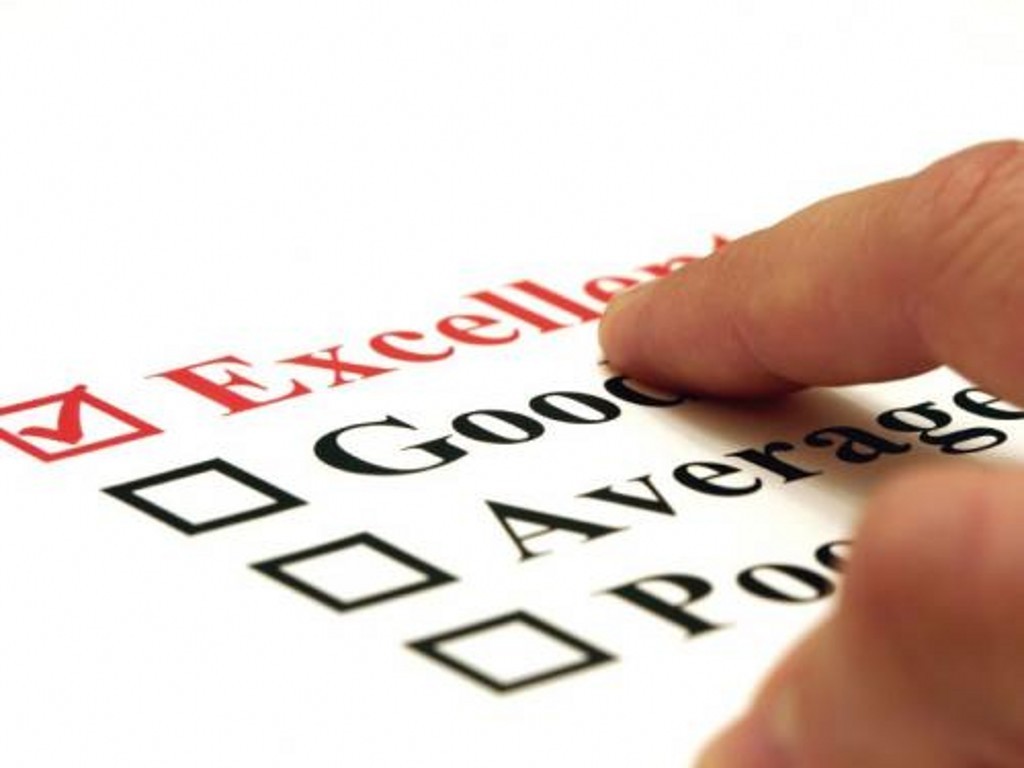7 Reasons To Buy A Home In The Summer Months
 If you’ve been putting off your house hunting, it’s time to head out. Summer is the best season to go shopping for a new home, for a variety of reasons.
If you’ve been putting off your house hunting, it’s time to head out. Summer is the best season to go shopping for a new home, for a variety of reasons.
1. More Inventory
Homeowners list their homes for sale in the summer more often than any other season. When you shop for a new home during this time, you’ll have a much wider selection of homes to choose from.
2. Better Prices
More inventory in summer often turns the local real estate scene into a buyer’s market. Home sellers may have to compete with other sellers on the same block or even down the street. This gives buyers a nice position of leverage to possible get a better price on a new home.
3. More Neighborhood Activity
There’s no better time to get a true sense of the neighborhood than summer. In summer, kids are out playing, homeowners are out tending lawns and friends are gathering for backyard BBQs. These are all activities that can give you an accurate portrayal of the neighborhood culture. Take advantage of summer weekends, too; you’ll find even more neighborhood activity then.
4. More Visibility
By summer, all the snow, ice and autumn debris has either melted or been cleaned up by homeowners. You’ll have more visibility to view the condition of the roof, siding, deck, lawn, driveway and walkways. Under the cover of snow and ice, you might miss important issues.
5. Evidence Of Any Flooding Problems
Spring rains produce evidence of any flooding issues with water lines along foundation walls. Summer is the best time to go home shopping because this kind of evidence will be fresh and easily identifiable. Flooding isn’t always a reason not to buy a home, but it helps to know what potential issues you could be facing.
6. More Free Time
Most people have more free time in summer than any other time of year.
It is more relaxing to go home shopping when you know you aren’t taking valuable time away from work. On your summer vacation, you also don’t have to take unpaid days off to view homes with your real estate agent.
7. Easier School Transition
When you do go ahead and buy in summer, your kids will have an easier time of transitioning to a new school. Instead of breaking up the school year, your kids can end one grade in one school and start the new year at the new school.
Buying a home in summer just makes good sense. Contact your local real estate agent today so you can hurry and take advantage of the summer real estate market in your area.
 Did you just move into a new city? Transitioning to a new city is hard enough, but when you also need to find a job, it can be even tougher. Since everything is a bit new to you, there are definitely some strategies to implement that will make your job hunting easier. Here are some tips to keep in mind.
Did you just move into a new city? Transitioning to a new city is hard enough, but when you also need to find a job, it can be even tougher. Since everything is a bit new to you, there are definitely some strategies to implement that will make your job hunting easier. Here are some tips to keep in mind. There are many people who are considering buying a home because the current market is so attractive. With the ability to carry out virtual tours, this makes it even easier for people to find the home of their dreams.
There are many people who are considering buying a home because the current market is so attractive. With the ability to carry out virtual tours, this makes it even easier for people to find the home of their dreams.